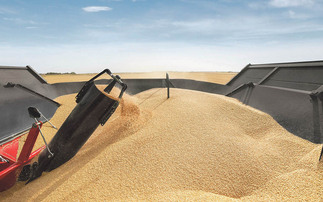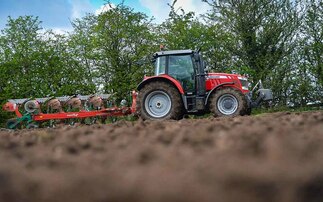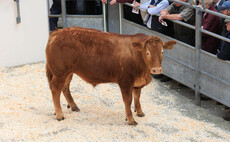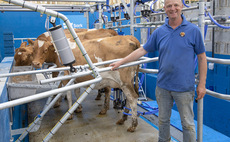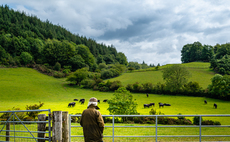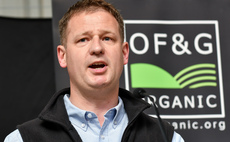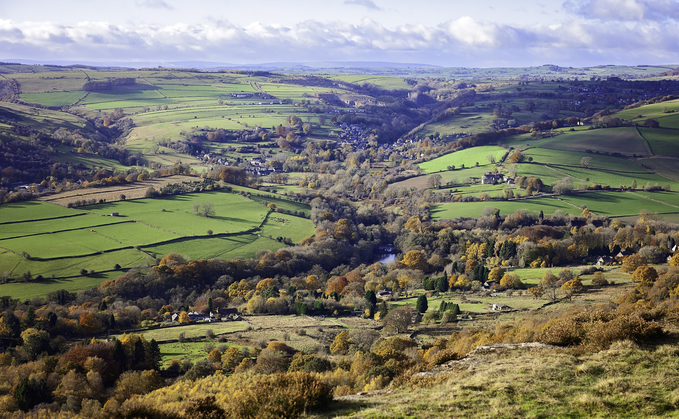
Land values have remained unchanged into the third-quarter of 2023, despite the challenging economic conditions for the UK.
A wide range of purchasers and the sector's reputation as a safe haven in times of economic uncertainty, has helped keep values supported as residential and commercial property values fell.
Carter Jonas said despite high rates of inflation and the increased cost of borrowing, the prices paid for land has remained at the same level as the previous three months.
Bank of England
It comes as the Bank of England held interest rates at 5.25 per cent.
See also: Better wholesale prices stabilise dairy market
While Bank of England Governor Andrew Bailey said it was too early to be thinking about rate cuts, free market think tank the Institute of Economic Affairs said they will be ‘back on the agenda soon'.
The price of pasture grew by 3.2 per cent while arable land increased 4.5 per cent.
Andrew Chandler, head of rural agency at Carter Jonas, said: "High inflation and the increased cost of borrowing have significantly affected many asset classes, but interest in buying UK farmland remains strong.
"There are a growing number of reasons for purchasers to act, and we are seeing a wide range of interest from businesses and individuals who see both the short and long-term benefits."
See also: Latest grain market updates
Interest from environmental buyers was evident while farm and estate buyers were still active, but even more driven by location and quality.
Land prices
Sales in certain locations were attracting competitive bidding, but properties with unresolved issues or where local farmers were not looking to expand met with more limited interest with Mr Chandler advising those looking to sell to ‘iron out' any issues before land is brought to market.
New, publicly marketed farmland supply to the end of September surpassed the total supply for 2022. Almost 80,000 acres have been brought to the market, while 75,459 acres were marketed in the whole of 2022.









